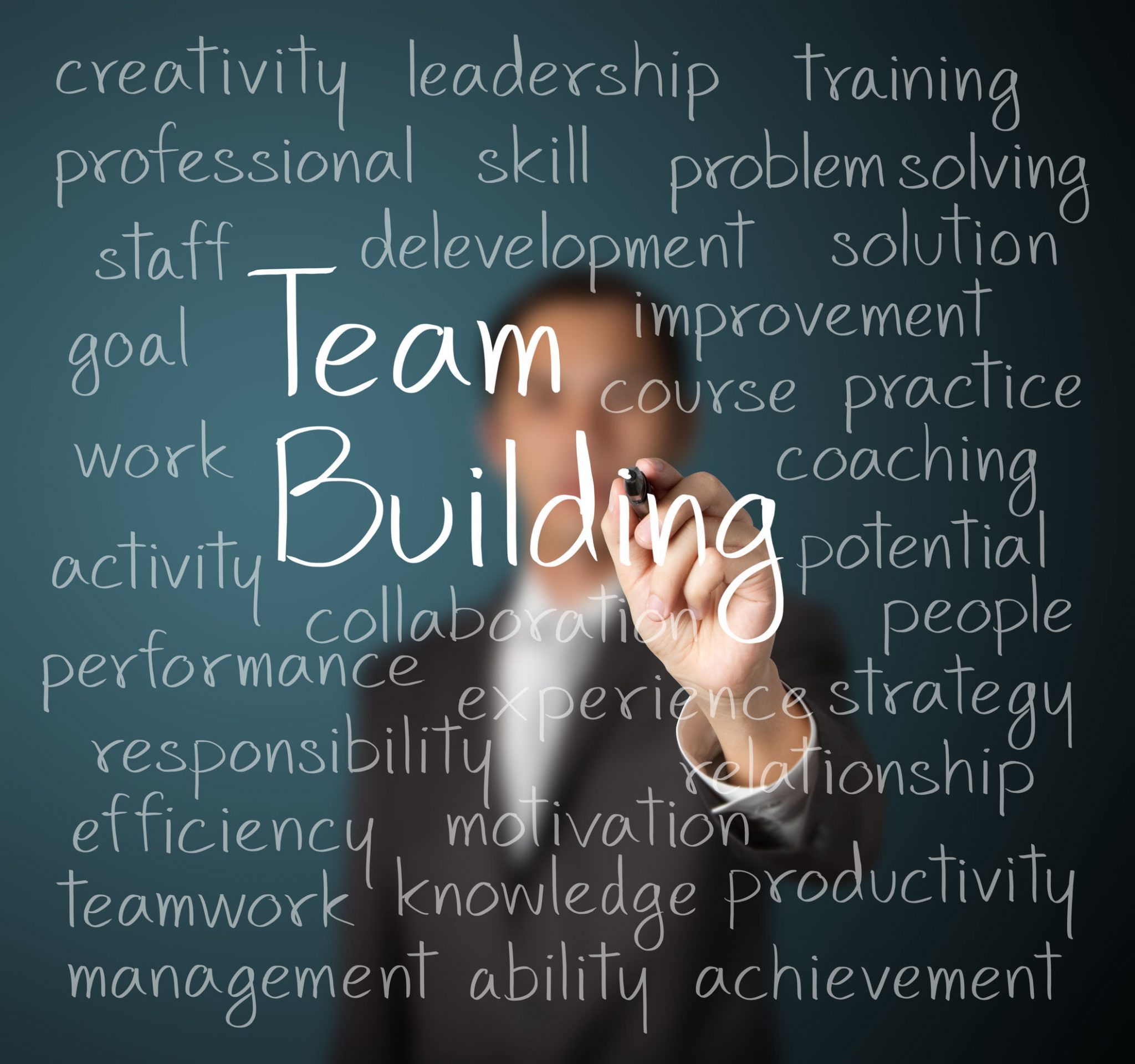
Success does not happen by accident. Success comes from thinking and picturing what you want (end-results) and then executing effective plans to get there. Who is responsible for this? You and all of the employees are; all of you must decide, plan and act…you need to invent your future.
By following this philosophy and process you begin to gain control over our rapidly changing environment. College administrators and staff gain a sense of security. Loan access, student enrollment, student achievement, retention, and placement can all improve and become more predictable. Students can benefit from a curriculum that is fully aligned with the business community and committed staff who cares and has student outcomes clearly in mind. It all begins with the plan.
The following is a brief overview of a strategic and business planning process that has been very effective for many successful colleges.
Organizational Aim
The foundation of any strategic plan is the organizational aim. What is it you do? Who do you do it for? What customer needs are you satisfying? Where are you delivering these services and why are you doing so? What is the benefit to you and other stake-holders? The answers to these questions are the underpinnings of an organizational aim.The four functions of an organizational are:
- We move toward those things we think about. Having an aim is the college’s first step toward having everyone working for a common target. This is an essential element to teamwork.
- The self-efficacy theory suggests that we can change our beliefs about our ability to cause things to happen. With this change comes an increase in performance. Thinking about the aim on a regular basis is one way to change our belief about our ability to make things happen.
- Defining the organizational aim also provides the internal motivation that creates drive and energy. The discrepancies between the way things are and the way you want them to be creates the structural tension (dissonance) that is at the core of internal motivation. It is this drive and energy that provides the staying power and creativity to overcome obstacles.
- Having an aim activates our built-in guidance system (reticular activating system) and alerts us to threats and opportunities. If our aim has not been assimilated, the guidance system remains dormant.
Guiding Principles
“Correct principles are like compasses: They are always pointing the way. And if we know how to read them, we won’t get lost, confused, or flooded by conflicting voices and values.”—Steven CoveyGuiding principles are the basis for making day-to-day decisions. Guiding principles are things like continuous and never-ending improvement, the golden rule, customer focus, action orientation, integrity, honesty and leadership. When concepts such as these are embraced by a college, consistency of style and constancy of purpose prevail. Guiding principles are essential to effective empowerment.
Situational Analysis
Looking at your college’s situation is critical to the planning process. In order to move forward, you must find out where you are. Evaluating your competition’s strengths and weaknesses, your own college’s strengths and weaknesses, your external challenges (economy, new legislation, new technology), your internal problems, your conceptual enemies, and your marketing opportunities are the foundation of a situational analysis.
Key Result Areas
The next step is to determine the systems for achieving your aim. Key Result Areas (KRAs) are the areas in which a college must excel in order to achieve its aim. Building visions for each KRA is another crucial step. Remember, we move toward those things we think about. How should you be thinking about curriculum revisions? What do you want each KRA to look like? Building ideal visions for each KRA provides opportunities to get away from the way things have always been done and consider new possibilities. An effective method of doing this is by benchmarking exercises.
Benchmarking
“To design a truly world-class organization, we must attempt to imagine that which is beyond our experience.” –Lawrence MillerBenchmarking is the process of discovering world-class business processes that you would like to emulate. Who are the world-class service organizations and what do they do? Who are the best sales and marketing organizations and what do they do? Who has the “ideal” college operations system, and why is it “ideal”? Who is the best in the world at developing educational curriculum, and how do they do it? Looking at benchmarking opportunities in each Key Result Area creates possibilities that your college may not have considered before. In today’s fast changing climate, the more possibilities and more flexibility you have, the more secure you are.
Objectives in Key Result Areas
What gets measured gets done. After creating visions for each key result area, it is time to ask, “How do we measure our progress?” What are the best, time-bound measures that indicate the quality with which you are moving toward the visions in each Key Result Area are? It is preferable that these measures be quantifiable. Research is very clear that objectives must be measurable to have any effect on increasing motivation.
Stay tuned for part 2 next month.
Featured posts
May 16, 2023
May 16, 2023
May 16, 2023





